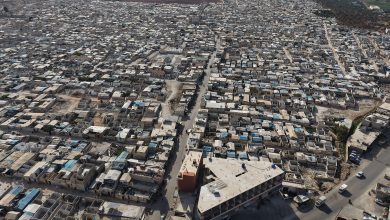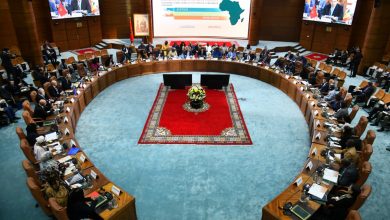Hezbollah has announced that its fighters have successfully destroyed more than 50 Israeli Merkava tanks over a period of 52 days during Israel’s ground incursions into southern Lebanon. The attacks were carried out using anti-tank missiles, according to statements from the Lebanese group.
In the past three days, Hezbollah reported the destruction of several Merkava tanks during intense clashes with the Israeli military, including five tanks on the eastern outskirts of the coastal town of Bayada, and one on the western edges of Deir Mimas. These engagements were accompanied by heavy fighting, which led approximately 30 Israeli military vehicles to retreat towards the towns of Shama and Tayr Harfa under the cover of Israeli artillery bombardment.
One of the destroyed tanks was reportedly attempting to pull away another damaged tank, a scene reminiscent of the 2006 Lebanon War. Hezbollah continues to resist Israeli attempts to advance into southern Lebanon, targeting military formations, vehicles, and soldiers.
Since November 22, Hezbollah has claimed responsibility for destroying over 10 additional tanks, killing and wounding their crews. Given that tanks are a primary weapon for Israel’s ground forces, questions have arisen about how these losses are impacting the course of the battle.
Hezbollah’s Tactical Response to Israeli Invasion
The destruction of Merkava tanks by Hezbollah is seen as a significant development in the ongoing confrontation, raising concerns for the Israeli military regarding the effectiveness of its ground forces in Lebanon. The Merkava, known for its advanced features, is one of the most formidable tanks in the world.
The Merkava Tank: Key Features and Specifications

The Merkava tank series was first introduced in the late 1970s, with the Merkava 4 being the latest version, developed in the early 2000s. The tank has been a staple of Israeli military operations, including the Second Intifada, the 2006 Lebanon War, and the 2008-2009 Gaza War. Several versions of the Merkava exist: Merkava 1, Merkava 2, Merkava 3, and Merkava 4, each improving on the last in terms of armor, firepower, and technology.
Key Features of the Merkava Tank:
- Front Protection Design: The Merkava’s engine is located at the front of the tank to provide additional armor and better protection for the crew, offering enhanced defense against frontal attacks.
- Active Protection System (“Trophy”): This system provides 360-degree protection against incoming anti-tank missiles and rocket-propelled grenades. It detects threats and intercepts them before they can reach the tank.
- Maneuverability: The Merkava is designed with an advanced suspension system, making it one of the most maneuverable tanks in rugged terrains.
- Advanced Armament: It is equipped with a smoothbore 120mm gun capable of firing a wide variety of munitions, including guided anti-tank missiles.
- Tactical Flexibility: The Merkava can carry not only its crew but also a small number of infantry, allowing it to be versatile in different combat scenarios.
- Advanced Vision and Communication Systems: The tank features sophisticated day and night vision systems, as well as a fire control system that tracks moving targets even while the tank itself is on the move.
Impact on the Battlefield
The repeated targeting and destruction of Merkava tanks could have serious implications for the Israeli military’s ability to maintain ground operations in southern Lebanon. As the battle continues, it remains to be seen how these losses will affect Israel’s strategy and the overall course of the conflict.
For more information on the ongoing developments, visit DZWATCH.DZ.
Author: nor-eleslam
Hezbollah, Merkava tanks, Israel military, southern Lebanon, tank destruction, anti-tank missiles, Israeli ground forces




